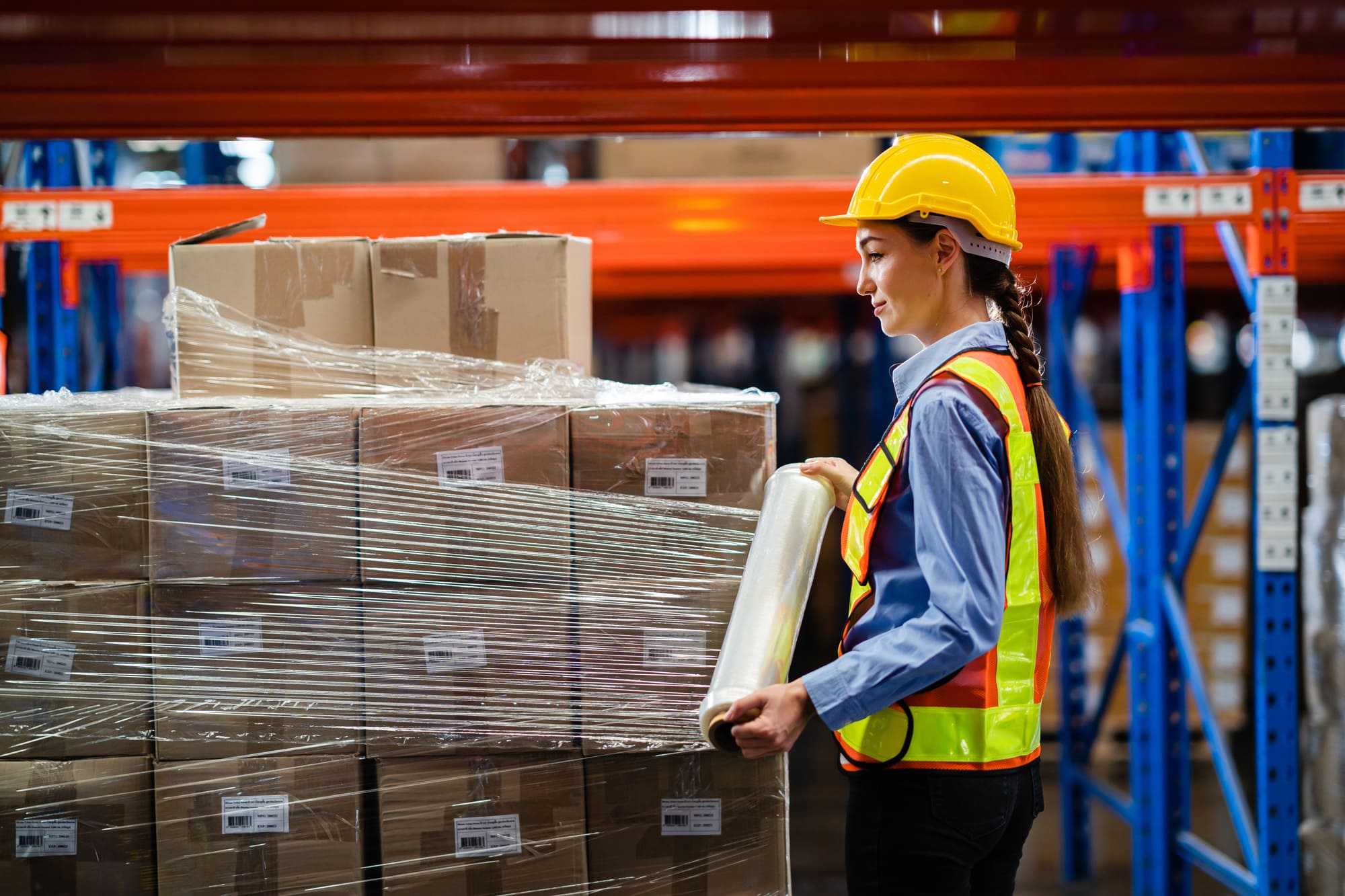Effective packaging and palletizing are crucial for ensuring your products arrive in Europe in excellent condition and meet all international regulations. This guide provides best practices for packaging and palletizing, along with essential information on specific regulations and standards.
1. General Packaging Considerations
- a. Compliance with Regulations:
- European Standards: Ensure your packaging adheres to European safety and labeling laws, including the Classification, Labelling, and Packaging (CLP) Regulation for chemicals and cosmetics, as well as specific rules for food products.
- Packaging Standards: Use materials that comply with international transportation and safety standards, such as those set by the International Air Transport Association (IATA) and the International Organization for Standardization (ISO).
- b. Choosing Packaging Materials:
- Protection: Select materials that offer adequate protection against physical damage, moisture, and temperature variations. Common options include corrugated cardboard, plastic, bubble wrap, and foam.
- Eco-Friendly Options: Whenever possible, opt for recyclable or biodegradable materials to comply with European environmental regulations and minimize ecological impact.
- c. Packaging Design:
- Size and Shape: Ensure your packaging is appropriately sized for the product, avoiding empty spaces that can lead to movement during transport. Make sure it is strong enough to handle the weight of the product and the conditions it will face during shipping.
- Clear Labeling: Use clear and legible labels with product details, handling instructions, and safety warnings. Ensure compliance with European labeling requirements.
2. Palletizing Process
- a. Choosing the Right Pallets:
- Pallet Type: Use wooden, plastic, or metal pallets that meet international quality and safety standards. They should be sturdy enough for the weight and type of products you’re transporting.
- Palletization Standards: Ensure your pallets are certified according to the International Plant Protection Convention (IPPC) standards to avoid biosecurity issues.
- b. Palletizing Techniques:
- Even Distribution: Distribute weight evenly across the pallet to avoid imbalances that could cause damage during transport. Use stacking techniques that enhance load stability.
- Securing the Load: Secure products on the pallet using strapping, stretch film, or shrink wrap to prevent movement and damage during transit.
- c. Pallet Labeling:
- Visible Labels: Attach clear labels to each pallet with essential information like destination, contents, and handling instructions. Include barcodes or QR codes if needed for tracking.
- Documentation: Ensure all necessary documents, such as invoices, packing lists, and compliance certificates, are attached to the pallets and accessible during transport.
3. Preparing for Transport
- a. Final Inspection:
- Check Packaging and Palletizing: Conduct a final check to ensure everything is properly packaged and palletized. Look for visible damage and confirm that all labeling is correct.
- Complete Documentation: Ensure all export documents are accurate and complete, including certificates of origin, commercial invoices, and any other paperwork required by customs.
- b. Temporary Storage:
- Storage Conditions: If your product needs to be stored before shipping, make sure it’s kept in suitable conditions to prevent damage. This includes controlling temperature, humidity, and shielding packaging from direct sunlight.
- c. Choosing the Right Carrier:
- Suitable Transport: Select a carrier experienced in handling similar products and compliant with international transport and safety standards. Consider multimodal options if needed to optimize costs and transit times.
4. Special Considerations
- a. Fragile or High-Value Products:
- Reinforced Packaging: For fragile or valuable items, use reinforced packaging and additional protective measures like padding or separators.
- Special Handling: Inform the carrier about any special handling requirements to ensure careful treatment of the product.
- b. Product-Specific Regulations:
- Regulatory Compliance: For regulated items such as chemicals, food, or cosmetics, follow the destination country’s guidelines and applicable European regulations to ensure compliance and avoid customs issues.
Conclusion: Ensure Successful Exports with Efficient Packaging and Palletizing
Proper packaging and palletizing are vital for protecting your products during transit and ensuring they arrive in Europe in perfect condition. By adhering to these best practices and meeting international regulations, you can minimize risks and optimize your supply chain.
Need assistance with packaging and palletizing for your export?
At ComexHub, we provide tailored advice and solutions to ensure your products are correctly prepared for the European market.
Contact us today to learn how we can help you manage your logistics effectively and comply with all international regulations.

